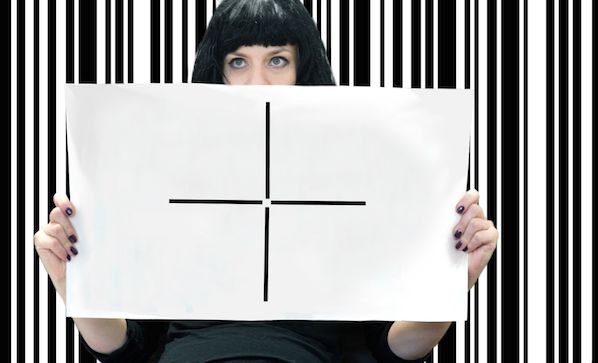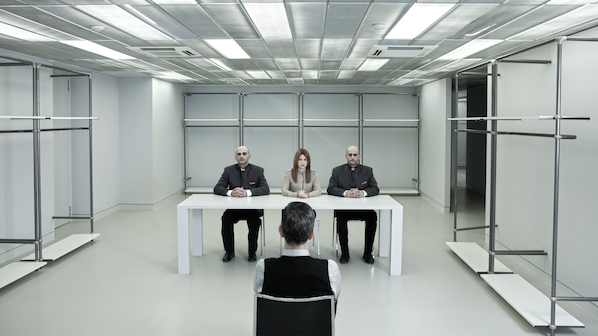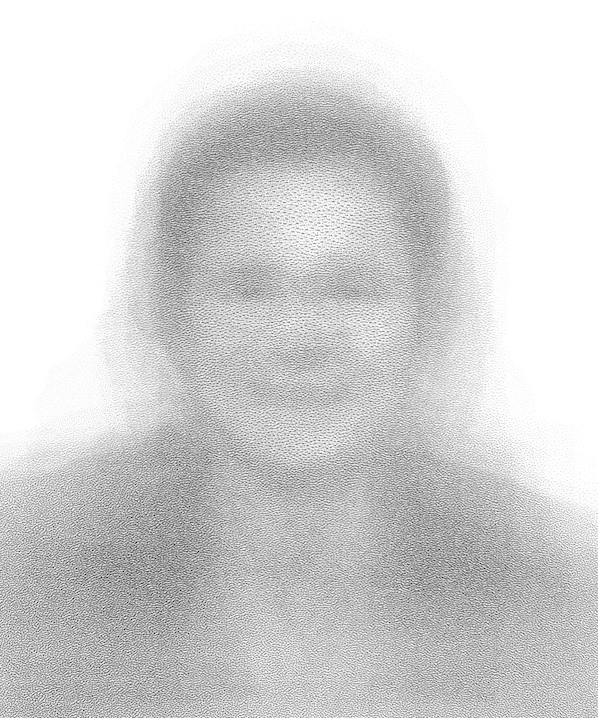



There is a common sense in place about the fact that civil rights are undermined by a various amount of ‘exceptions’; exceptions which are based on a system, in which governmental decision-making processes are increasingly determined by the rule of money, or else the market. The idea of a constant ‘crisis’ leads to a ‘state of exception’. Regardless of established legal standards – in the name of financial, economical or security measurements – civil rights are constantly taken away. As a result, the social and legal relations between the different members of society and between nation states are increasingly out of balance. This creates an endless pool of watering down legal standards in postdemocratic societies and produces harmful sociopolitical asymmetries. The exhibition “As rights Go By” which took place in freiraum Q21 this spring 14th April – 12th of June 2016 aimed to exactly pinpoint these asymmetries and to unfold the irregularities of a ‘regular legal system’.
The 15 works in the exhibition, curated by Sabine Winkler, focused directly on the complex dynamics between the sources and consequences of disappearing civil rights under the global neoliberal umbrella. The show, which was very well set, had strong internal and external references and what really could struck somebody was the content. The exhibition could be experienced as a single piece, inviting the visitors to discover more more than just the visible tips of the il/legal iceberg and to bring these issues of discussion to schools, universities, festivals, shopping malls and the mainstream media. Of course this doesn’t mean not to exhibit – but it means not to stop there.
As Rights Go By was an exhibition which stays in mind ; the visitors could produce their own individual collages, making sense of the gravity of the problematics involved.
The works presented were the following:
Silvia Becks, who worked with the privileges in the art world, presented an installation which discussed how the special rights in place, like the information accessibilities, the funding resources and the leveling up of the societal status, are at the same time leading to a certain loss of legal rights.

James Bridle, with his video animation “Seamless Transitions”, tried to visualize the physical spaces of the unknown arrest, the legal decision making processes and the juridical judgments involved, offering a virtual insight into the secret spaces of il/legality. His work questioned not only the surveillance strategies of physical space but also the secrecy about trading agreements and legal treaties.

George Drivas’ film‚ “Sequence Error” referred to a typical business setting where a sudden crisis has lead to a collapse. A fictional situation with a more than real deal: The crisis serves as the exception for legal rights to be erased.

Özlem Günyol and Mustafa Kunt, overlaid the portraits of the hundred wealthiest people of the world fading into one collage of one single passport image projected to the wall. A symbol for lost identities and unidentifiable legal entities.

Adelita Husni-Bey video documentation gave a very detailed insight into an urban planning process in Cairo (“Land”) including gentrification processes, which go not only against Egyptian law but actually threaten a huge amount of informal dwellings. The notion ‘participations’, in particular, delivered a learning lesson about contemporary urban development strategies and their methods.
Nikita Kadan used a “Popular Medical Dictionary” of the Soviet era in his work “Procedure Room”. Painting torture methods on ceramic plates, he showed how physical and psychological violence can be justified for a ‘higher’ political order.
The Collective Migrafona reported via Comic strips about the Austrian migration politics. Imaginary Heroes are delivering identities in order fight for political rights.
Vladimir Miladinovic’s research focused on multinational companies and their strong connections to pre- and post-war power structures. His work discussed the power relations, which are in place during setting up regulations between states and their legal standards.
In his film “1014” Yuri Pattison mixed fictional Hollywood scenes with documentary footage from the hotel room where Edward Snowden gave his first interview. The work offered an insight into the conscious loss of legal rights when fiction becomes reality and vice versa.
Lorenzo Pezzani and Charles Heller raised the question about acting against human rights while being aware of the refugee tragedies based on surveillance technology. Their forensic reconstruction of a boat disaster offered a clear insight into the thin borderline between socio political responsibilities and legal settings.
Julien Prévieux work “What Shall We Do Next? 2006-2011“ showed how close technology, law and our bodies are connected; the fact that international corporations obtain patents for specific movements such as scrolling moves on a tablet shows how unaware we are about our daily il/legal routines.
Andrea Ressi related the notion of loss onto her work; loss of living space, loss of rights, loss of freedom, loss of security and represented these losses in her pictograms with modules of exception.
Judith Siegmund’s text based installations produced discomfort. Newspaper quotations about violence against refugees were set up opposite to philosophical text fragments, triggering associations about the relation between violence and competitiveness assuming that people take advantages from others who find themselves in a lawlessness situation.
Lina Theodorou’s project was one of the most intriguing works in the show. Her board game club offered a playful insight into the crisis in Greece and the social and legal consequences of austerity measurements up leading to losing well established rights. The setting would be funny if it wouldn’t be real.

Carey Youngs’ work “Obsidian Contract” transformed the visitor into an affiliate. The public space and the legal space were imagined and lost rights were reconstructed fictionally while watching the contract text through a mirror.
The exhibition did not refer directly to any political action, artivism, hacktivism or any other form of resistance but it implied the embedded hegemonic power structures pointing where it all begins.The exhibition was not a subversive act but it showed how subversion as an act of societal struggle became something illegal. Up to around 15 years ago the notion of ‘subversion’ was relatively easy to connect to counter-cultural productions. But a subversive act wasn’t nesessarily illegal – it was done in a grey shadow light between established settings in order to shake up presumably fixed sociopolitical surroundings. An unclear task under clear conditions.
In the era of global capitalist hegemony, shadows turned straight into black or white areas; no grey is involved anymore. Subversion dissolved into two parts: the legal one, which consists of what is now understood as innovation – or ‘creativity’ as the motor for an ‘idea based economy’- and the illegal one, what now labels all the ‘unwanted’ realities: terror, refugees, homeless; etc. Therefore subversive thinking and acting is no longer part of a cultural discourse but is simply illegal. Why?
The unlimited governmental practices which are today in place show that decisions are made as it happens in the financial markets; everything becomes a derivate, something to speculate with. The future has consequences on the present before anything happens. In times where potentials are seen as threats, the subversive process is turned upside down: subversions themselves become clearly defined and legal settings are turned into grey areas. A clear task under unclear conditions.
The exhibition encouraged, motivated and gave an insight into the power of rights including the absence of it. Focusing on how rights are either set or (il/legally) undermined by their exceptions and on how well these tendencies are sold as (inter)national necessities, it underlined the urge for a collective awareness of these i/legal practices and their consequences.
‘As Rights Go By’ was a very important exhibition; as mentioned above – what was visible was just the tip of the iceberg. As in many shows which include a huge amount of artistic research, a retrospective view in the future will show that this is just the beginning of a different kind of political engagement which most of all is a call for action.
Rights go by and are not falling from the sky.